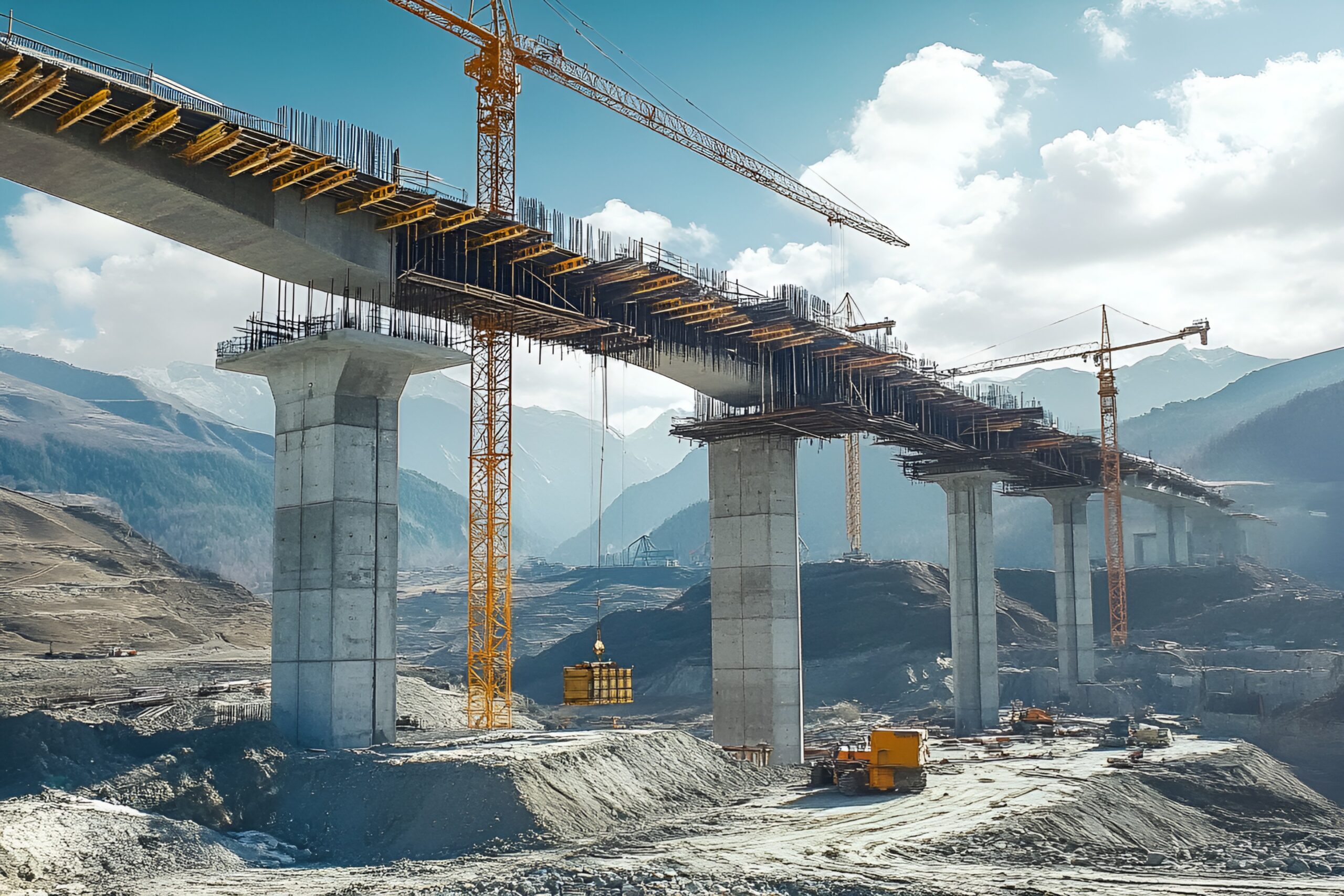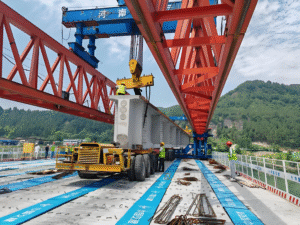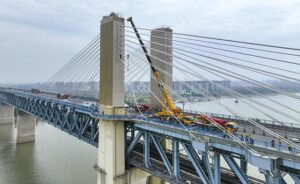In the world of modern construction, from soaring skyscrapers to expansive bridges and parking garages, post-tensioned concrete is a fundamental technology that enhances strength, durability, and design flexibility. This advanced engineering technique allows for longer spans, thinner slabs, and more resilient structures. Let’s delve into what post-tensioning is, how it works, its key benefits, and the specialized tools required to execute it precisely.
What is Post-Tensioned Concrete?
Post-tensioning (PT) is a form of prestressed concrete where high-strength steel tendons are tensioned after the concrete has been cast and cured. The core principle involves using these tendons to apply a compressive force to the concrete, effectively pre-loading it to counteract the tensile stresses that will occur under future loads. This process significantly reduces cracking and increases load-bearing capacity.
Think of it like a row of books. You can’t carry them easily if they are loose. But if you squeeze them together from both ends (applying compression), the entire bundle becomes a strong, monolithic unit that can be lifted easily. Post-tensioning does the same for concrete.
The Post-Tensioning Process: A Step-by-Step Overview
-
Placement of Ducts and Tendons: Before concrete is poured, hollow plastic or galvanized steel ducts (sheathing) are positioned precisely within the formwork according to engineering designs. In some systems, unbonded tendons coated in grease and encased in plastic sheathing are used instead.
-
Concrete Pouring and Curing: Concrete is poured around the ducts and allowed to cure until it reaches a specified strength (typically 75% of its design strength).
-
Tendon Stressing: Once the concrete has hardened, high-strength steel strands (tendons) are threaded through the ducts if they weren’t placed during pouring. Using a powerful hydraulic jack, the tendons are pulled and tensioned to a force specified by the structural engineer.
-
Anchoring and Grouting: After the desired stress is achieved, the tendons are locked into place at the ends of the member using specialized permanent anchor heads. In bonded systems, the empty ducts are then filled with a special grout mix under pressure. This grout protects the tendons from corrosion and bonds them to the concrete, creating a monolithic unit.
Key Benefits of Post-Tensioned Concrete
-
Superior Strength and Crack Control: The applied compressive stress eliminates a significant portion of the tensile stress caused by loads, minimizing cracking and enhancing durability.
-
Longer Spans and Thinner Sections: PT allows for longer clear spans without intermediate columns and reduces the thickness of slabs, beams, and girders. This is ideal for creating open, flexible spaces in buildings and efficient bridges.
-
Material Efficiency: Reduced concrete and rebar quantities lead to lighter structures, lower material costs, and a smaller environmental footprint.
-
Improved Serviceability: Structures exhibit less deflection and better performance over their lifespan, with superior resistance to heavy loads, vibrations, and seismic activity.
Essential Tools for Post-Tensioning
Post-tensioning is a precision process that relies on specialized equipment to ensure safety and accuracy. Key tools include:
-
Hydraulic Stressing Jacks: High-capacity, calibrated jacks are the core of the operation. They must provide smooth, controlled application of force and precise measurement of the load applied to each tendon. Brands like POLAR COMPANY are renowned for their reliable and accurate stressing systems.
-
Anchorages: These are the components (wedges, plates, and trumpets) that securely lock the stressed tendon in place and transfer the enormous force into the concrete member.
-
Grouting Pumps: High-pressure, continuous-feed pumps are used to thoroughly fill the ducts with grout, ensuring no air pockets remain to protect the tendons.
-
Ducts and Sheathing: Corrugated metal or plastic ducts form the pathway for the tendons, while plastic sheathing is used for unbonded systems.
-
Quality Control Instruments: Load cells, pressure gauges, and elongation measuring devices are critical for verifying that the specified pre-stress has been accurately applied.
Conclusion
Post-tensioned concrete is a sophisticated and highly effective construction methodology that pushes the boundaries of design and performance. Its ability to create stronger, lighter, and more durable structures has made it indispensable in modern engineering. The success of any PT project hinges not only on sound design and quality materials but also on the use of high-performance tools from trusted industry leaders. By understanding the techniques, benefits, and equipment involved, project teams can fully leverage the advantages of this powerful technology.






